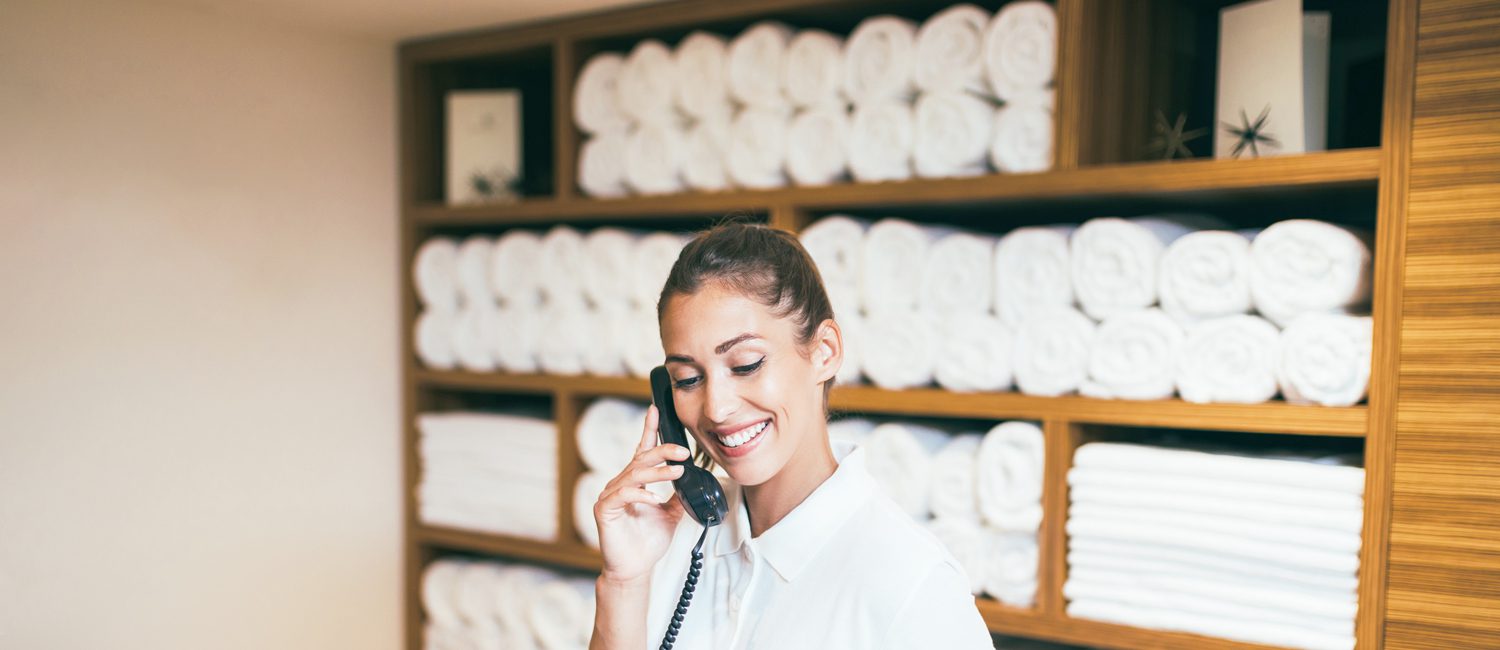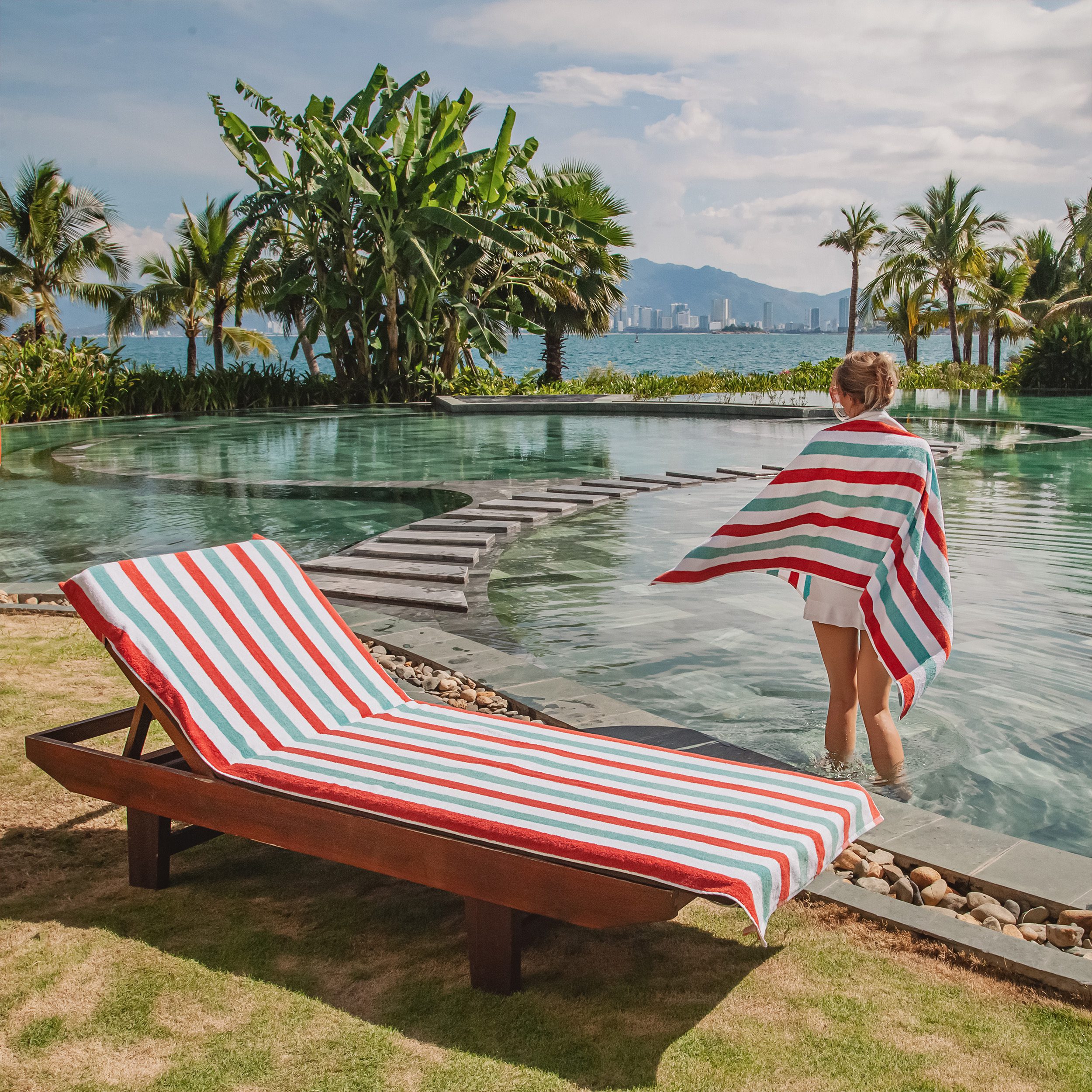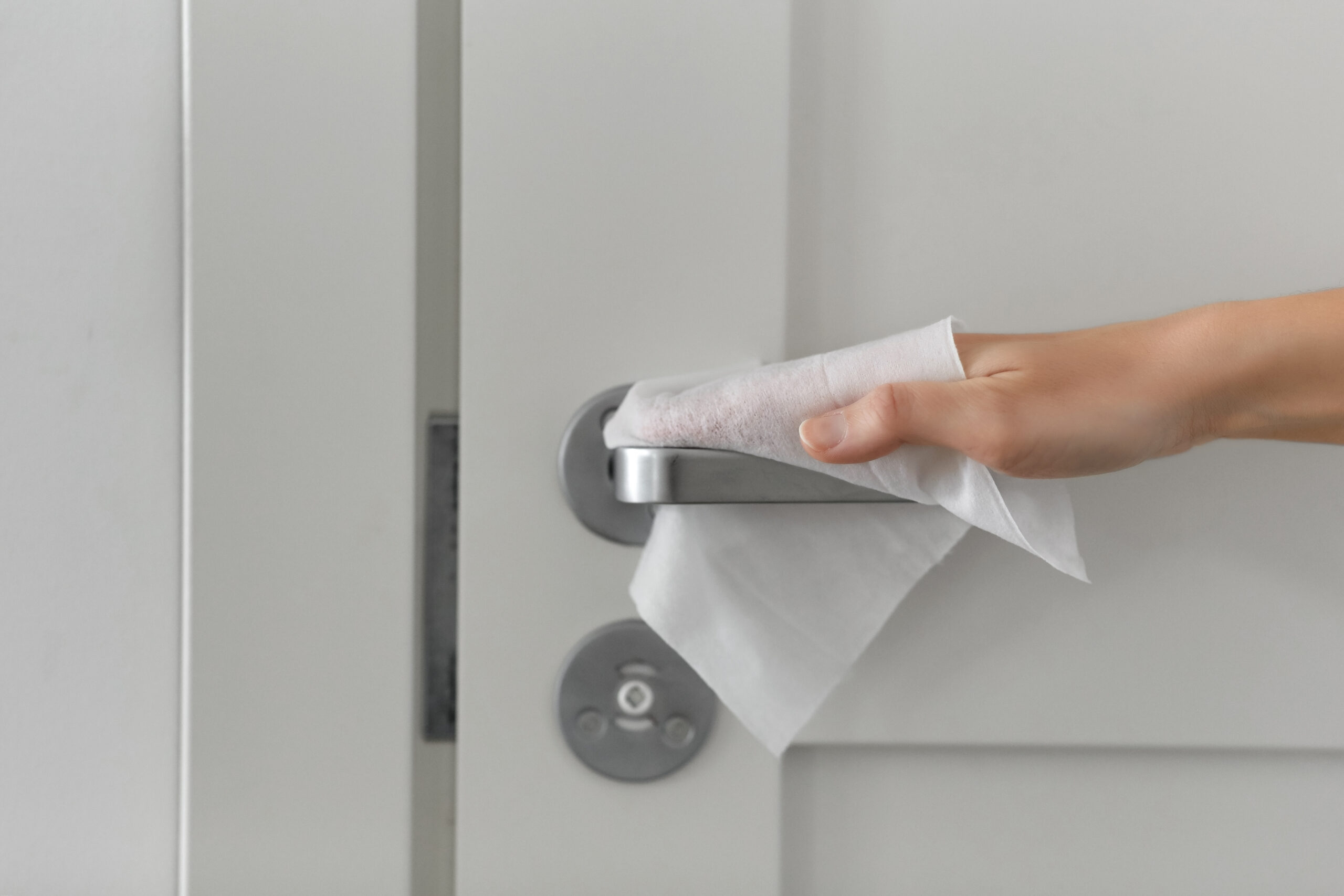How do I stop my wholesale table linen from fading?
Restauranteurs will tell you that the table setting is the gateway to a memorable restaurant experience. Before the menus, still or sparkling water, cocktails, and amuse bouche, a table setting alone holds court.
Problems In Court:
Recently I visited a laundry prospect and saw something that would make restauranteurs break out in cold sweats. After the table linen came out of the dryer two workers diligently sorted it into boxes of various shades of grey. The owner told me that they do this so the colors match when packaging them for restaurants. Nobody likes a patchwork of 50 shades of grey; it makes the restaurant look tatty. We had a better solution.
Which Is Better, Cotton or Spun Poly?
For the purpose of this article, we’ll be exploring spun poly, as it is the most common fabric used in commercial restaurants. Yes, cotton feels soft and more natural than spun poly. However, spun poly (a plastic) is wrinkle-free, stain resistant, holds color better, will not shrink, and will last twice as long.
Some History:
Polyester was developed in 1941 to help the British war effort. Cotton does not grow in England so was hard to come by. Polyester was developed to be woven like cotton. the new fabric was wrinkle-free, stain resistant, held color better, did not shrink, lasted twice as long, and ensured Britain had pants to finish the war.
And now, some chemistry:
Polyester is made by combining multiple (Poly) organic and inorganic compounds (Esters) in ways we don’t really understand (we’re textile experts, not chemists). The resultant compound is then extruded from a showerhead* to form monofilament strands (think fishing line). From monofilament thread, spun poly yarn and filament poly yarn are created.
*not really a showerhead, but we’re trying to paint a picture here…
What’s the difference between Spun Poly and Filament Yarn?
- Think of spun poly yarn as “ring spun yarn”. Multiple strands of monofilament are ‘spun’ together to form a tightly wound yarn that may be treated for softness without sacrificing strength. The dying process for spun poly is more involved as the dye must work harder to penetrate the yarn (this results in a more colorfast end product). As the yarn is stronger, more powerful, precise, Air Jet looms are used to weave better napkins.
- Filament Yarn is more like “Open End Yarn” and contains loosely (relative to spun) organized monofilaments pulling together in the same direction. Filament napkins are woven on cheaper (less complex) water jet looms. The dying process is quicker as color can more easily penetrate looser fibers. Filament yarn will feel more ‘plasticy’ and have more of a sheen than spun poly.

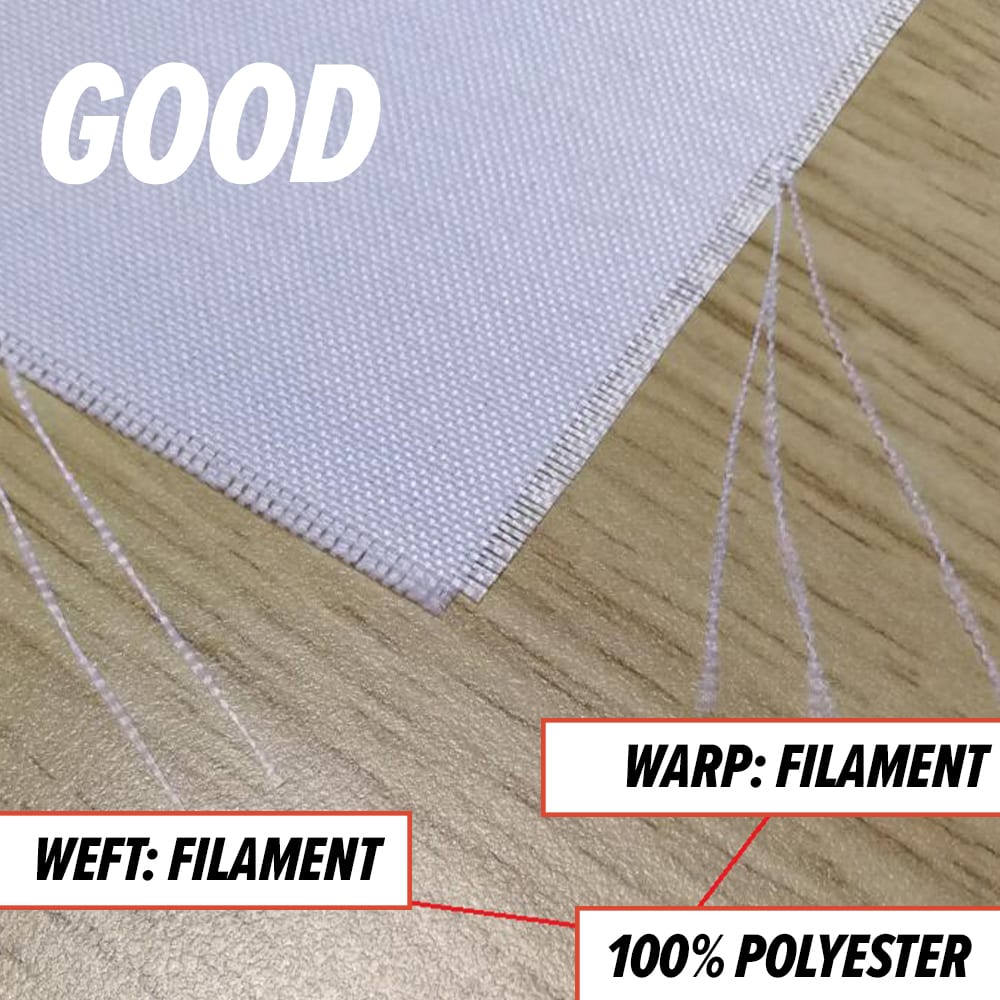
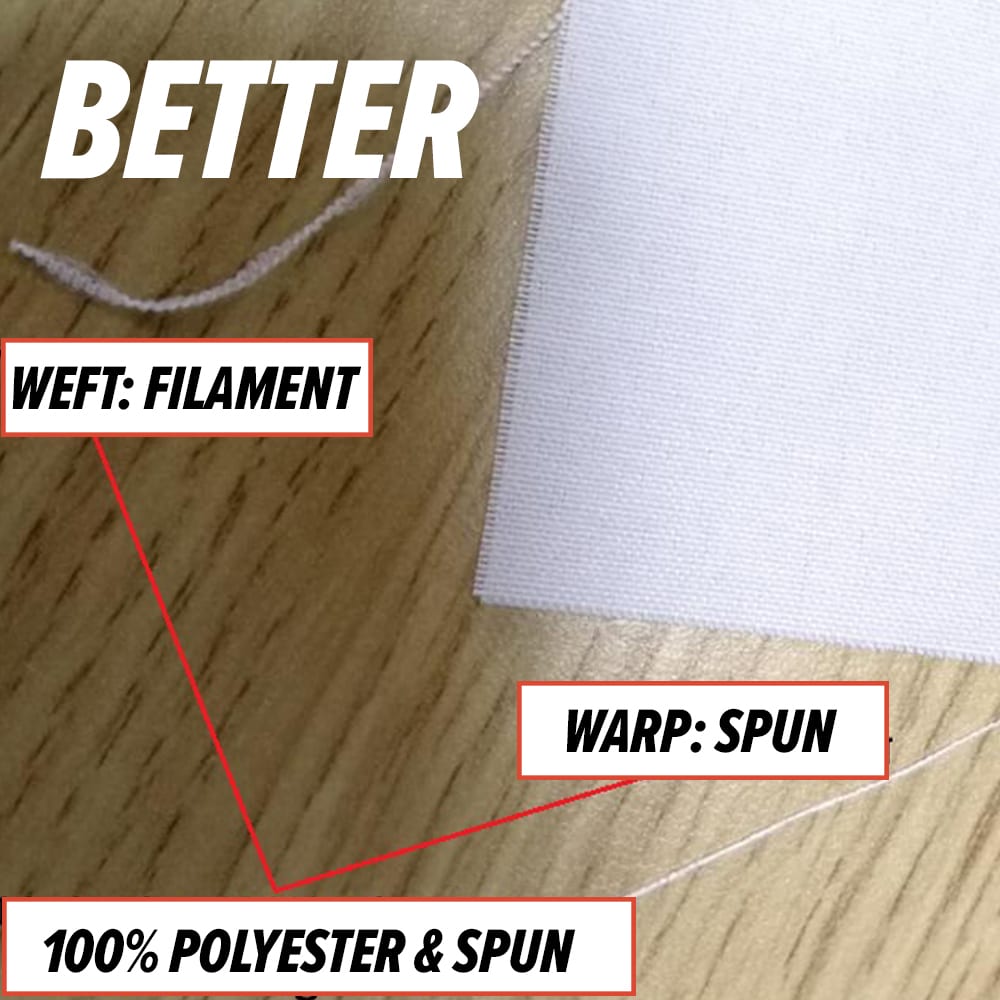
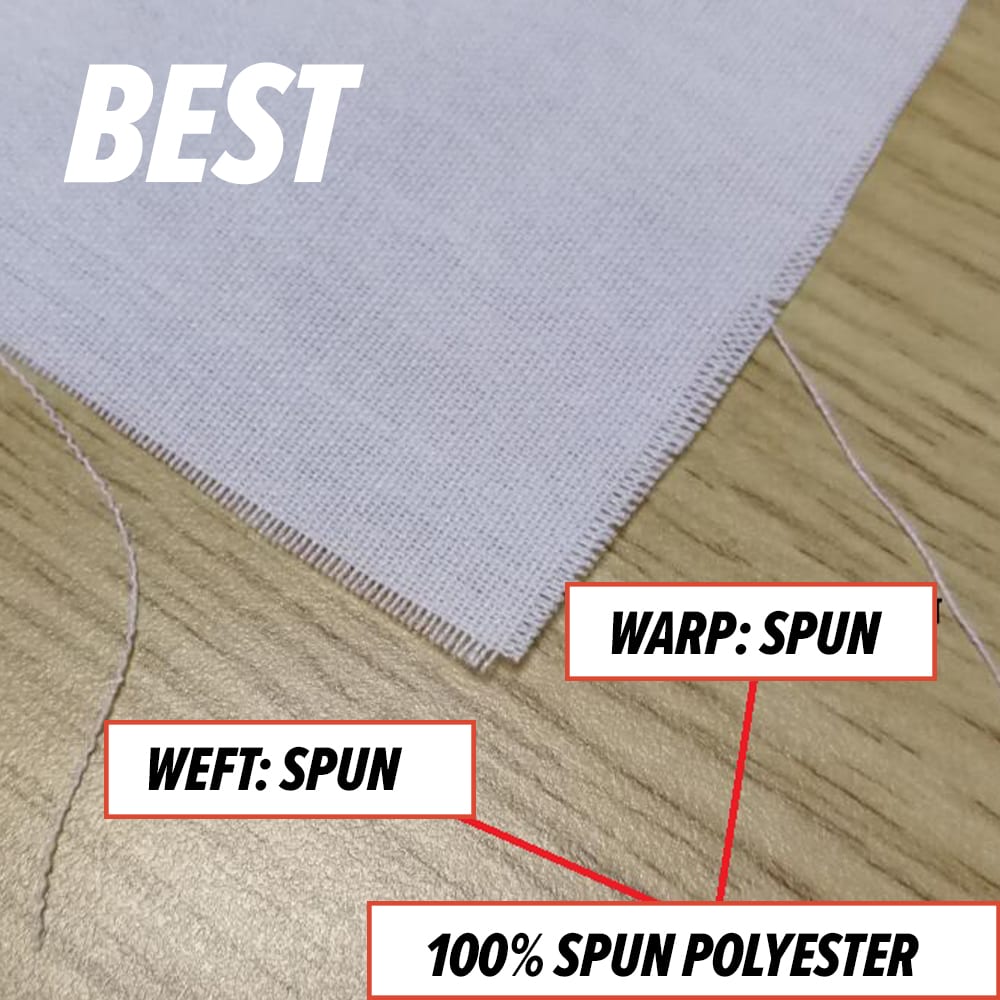
 Author: David Forssell
Author: David Forssell